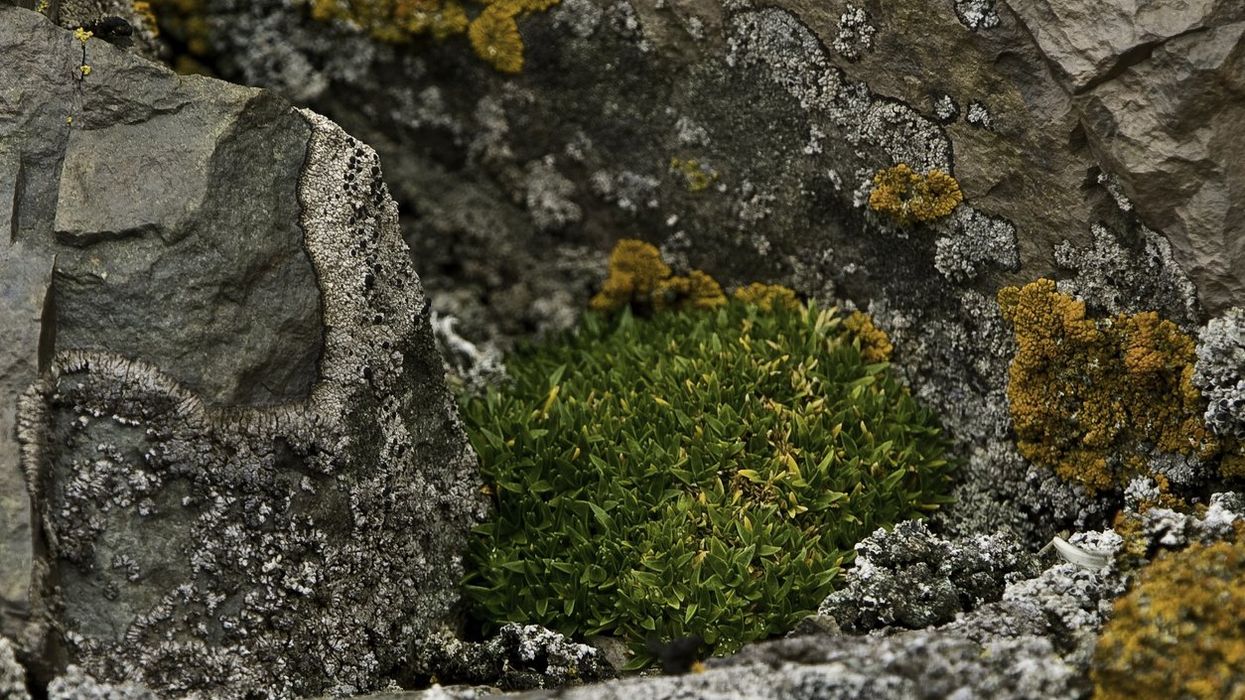Alex Daniel
Sep 24, 2023

Antarctic pearlwort is one of just two flowering plants in the region
Gerald Corsi / iStock
Newly budding flowers are usually a welcome hint of life – but in Antarctica, it is an alarming sign of global warming.
There are just two species of flowering plant native to the Antarctic peninsula, and they are now growing at unprecedented rates, according to a new study, as temperatures rise and ice begins to melt.
Antarctic hair grass grew as much in 2009-2019 as it had in the previous 50 years, while Antarctic pearlwort has seen the speed of growth increase fivefold over the same period.
A team led by Nicoletta Cannone, a researcher from the University of Insubria, Italy, measured the growth of Antarctica's two native plants at sites on Signy Island in the South Orkney Islands.
The results were stark: the sites have not only seen faster growth, but they have become more densely populated by the plants each year as the climate has got warmer.
According to nonprofit Discovering Antarctica, the region’s temperatures have warmed by an average of 3°C as a result of human-induced climate change, meaning that once stable ice shelves are now retreating.
In some parts, that has given way to land which is now habitable to the two plant species.
Peter Convey, at the British Antarctic Survey, told the New Scientist: “The most novel feature of this is not the idea that something is growing faster. It’s that we think we’re starting to see what is almost like a step change or a tipping point.”
Matthew Davey, at the Scottish Association for Marine Science in Oban, UK, added: "Accelerated expansion is now clearly evident in the region”.
“This research gives us the first comprehensive data set showing how fast and how dense the plant community may expand.”
The researchers acknowledged that there could be other factors at play causing the plants’ growth, such as the declining fur seal population – but this is also linked to climate change.
Meanwhile, as the land becomes more habitable, invasive species could also colonise the continent and outgrow native plants, which could in turn destabilise long-established local ecosystems.
“If we extrapolate what we observed on Signy Island to other sites in Antarctica, a similar process can also occur,” said Cannone.
“This means that the Antarctic landscape and biodiversity could change rapidly.”
Sign up to our free Indy100 weekly newsletter
Have your say in our news democracy. Click the upvote icon at the top of the page to help raise this article through the indy100 rankings.
Top 100
The Conversation (0)













